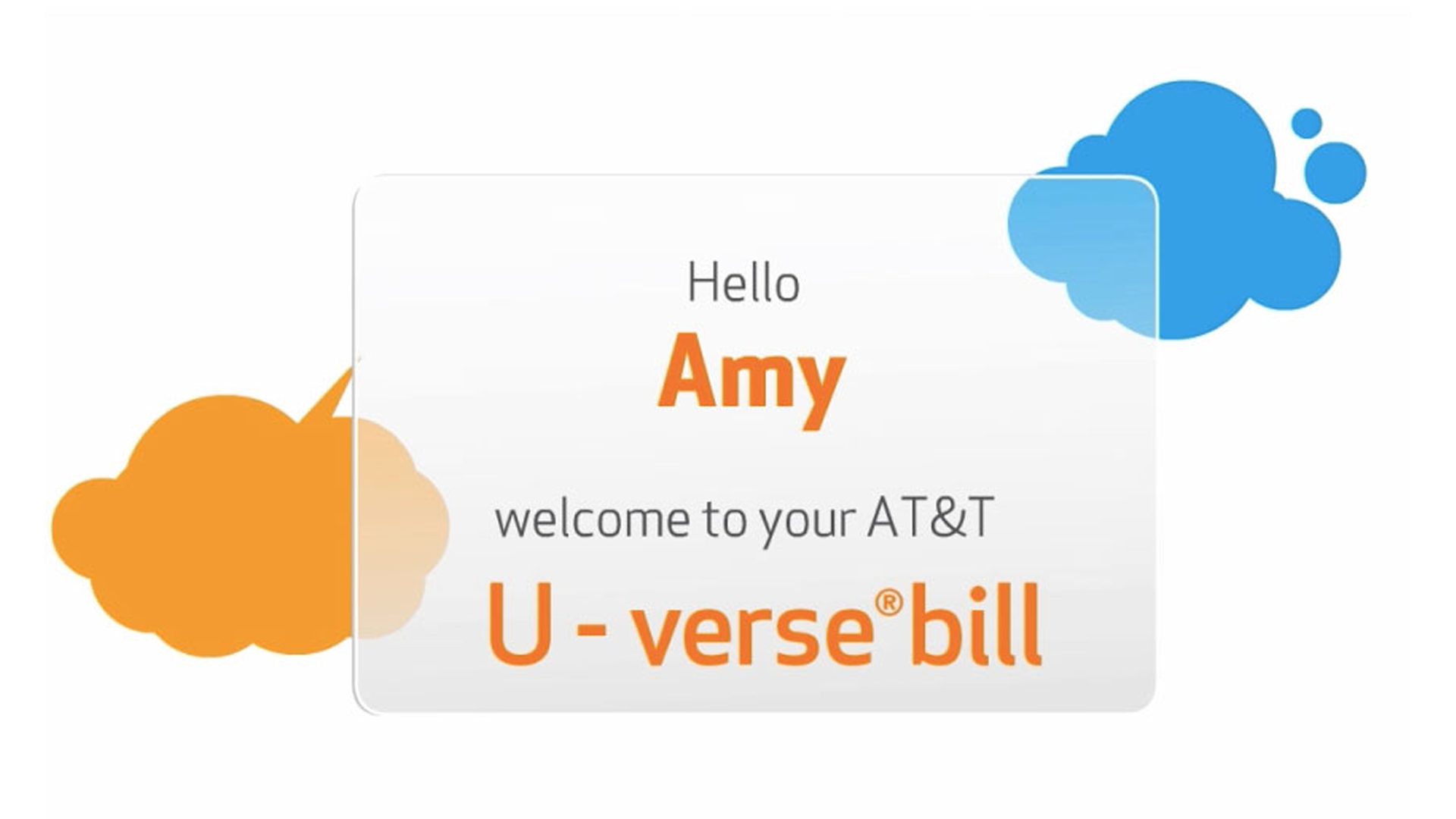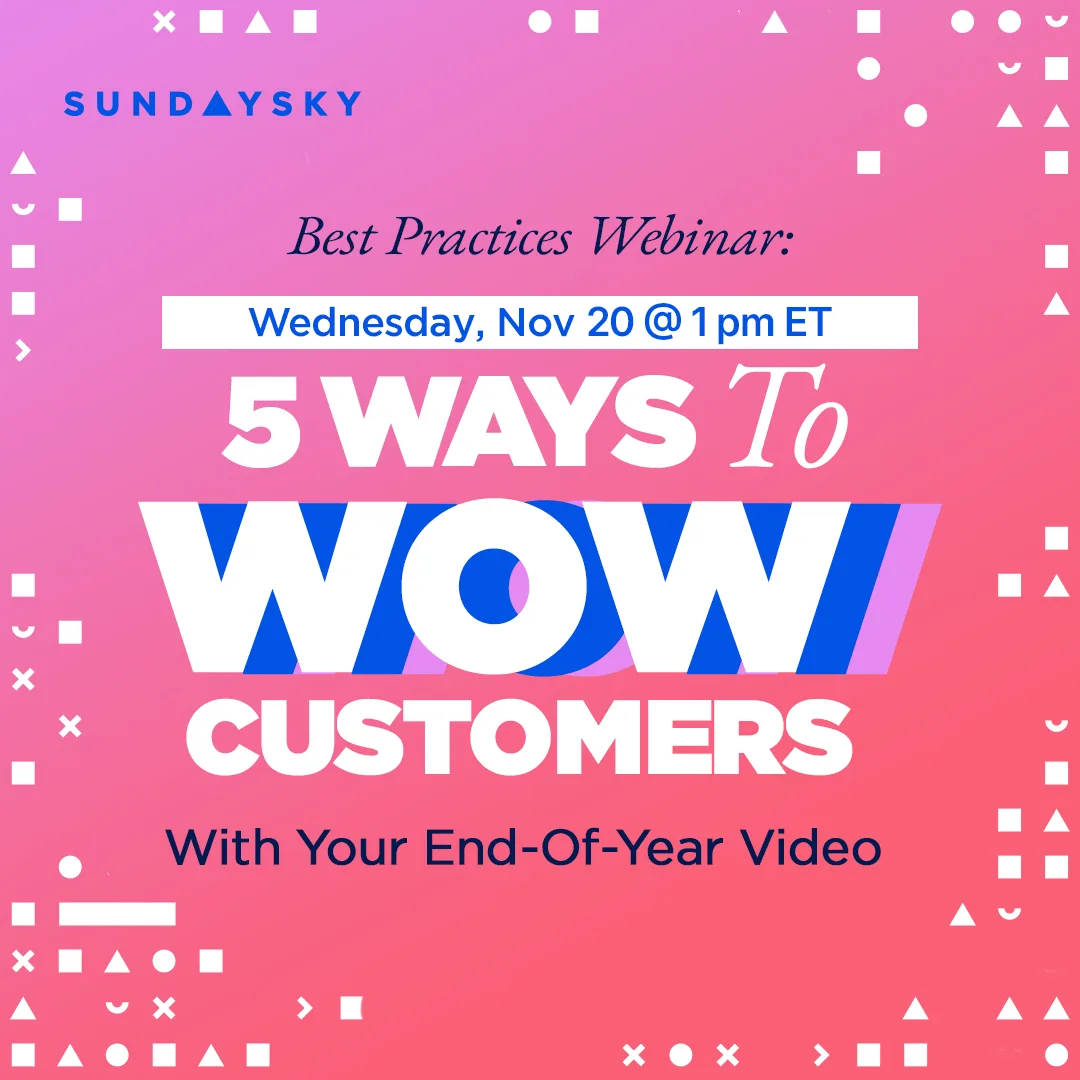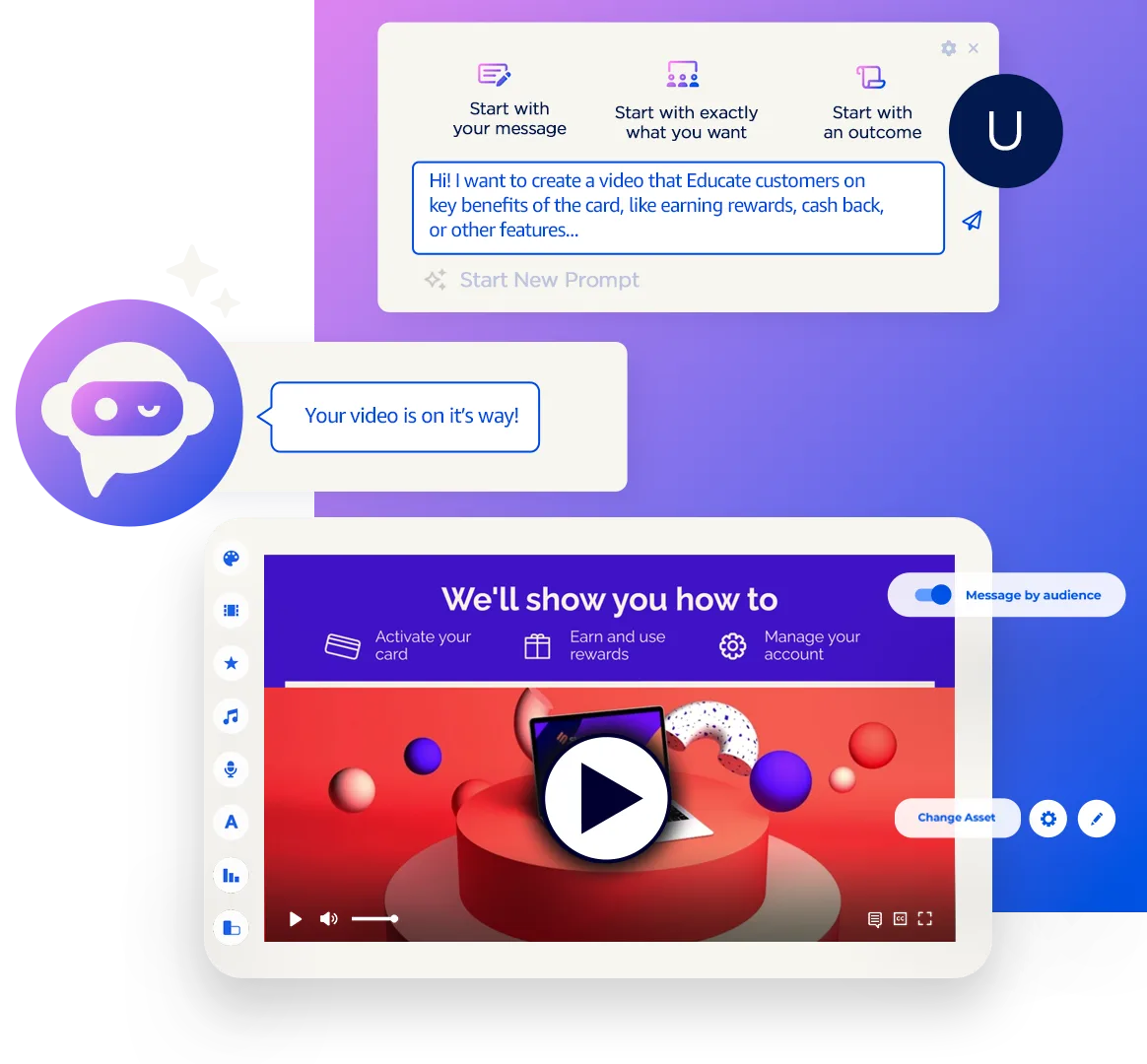When we work with a brand to deploy a SmartVideo program we do so with the intent to deliver success based on the brand’s definition of success. Personalized video has proven time and again to deliver value against many KPIs, but the real value comes when personalized video is used as a strategic communication medium across the customer lifecycle to achieve a brand’s top-level business goals.
Here’s how to think about defining the value and calculating the ROI of a SmartVideo program to understand its impact on your business goals.
To demonstrate, let’s take a look at one of the first adopters of SmartVideo, the telco industry, and one of the industry’s most mature use cases, video bill. Many telco providers started using personalized video by focusing on an event – a customer’s first bill. The first bill delivery is a big driver of contact center calls, customer dissatisfaction and churn, making this touch point one of the worst customer experiences within providers’ customer lifecycles.
Watch AT&T’s SmartVideo for Delivering Bills:
Initially, telco providers adopted SmartVideo for Delivering Bills to deflect the top call drivers tied to delivery of the first bill (primarily prorated charges, promotional roll-off and one-time charges). As such, ROI was calculated based on the total cost of the incremental number of calls eliminated within the first billing cycle. The ROI based on this metric was generally positive, but not overwhelmingly so.
Every provider with a less than overwhelming ROI result based solely on call volume concluded the same thing: there is something here beyond just call reduction and we need to measure it. This led to a different approach to defining value and calculating ROI.
As personalized video engagement evolved and we were able to analyze viewer behavior over a longer period of time, we learned that a video viewer in the first billing cycle actually looks like this:
- Is slightly less likely to call once, but MUCH more likely to not call more than once. This is important because multiple calls almost always cause big customer satisfaction problems.
Regardless of the cost to handle, avoiding a second $7 call is worth more than avoiding the first $7 call. - Has a higher ARPU after the first two cycles because the viewer is less likely to have demanded and received a rebate for his bill.
- Is less likely to churn within the first two bill cycles, which results a significant positive impact on average lifetime value.
- Is more likely to pay her bill AND pay it sooner, resulting in lower delinquency.
- Is more likely to register for auto pay, which is a major driver of stickiness and leads to higher ARPU.
- Is more likely to register for and visit the online account for self-service tools even after the first billing cycle.
- Rates the personalized video experience as helpful and appreciated, turning the typically negative first-bill experience into a positive experience.
As we observed these outcomes, we worked with telco providers to determine what each of these incremental lifts was worth and assigned the appropriate value to each of them. The bigger shift, however, is that they began to understand the power of personalized video in impacting strategic business goals.
Brands understand it is no longer about tactical results, such as avoiding calls in the first billing cycle, but rather about using personalized video as a strategic medium to drive value and customer action. And this isn’t about one touch point, either. True business impact is achieved via multi-touch programs that engage consumers throughout the customer lifecycle.









